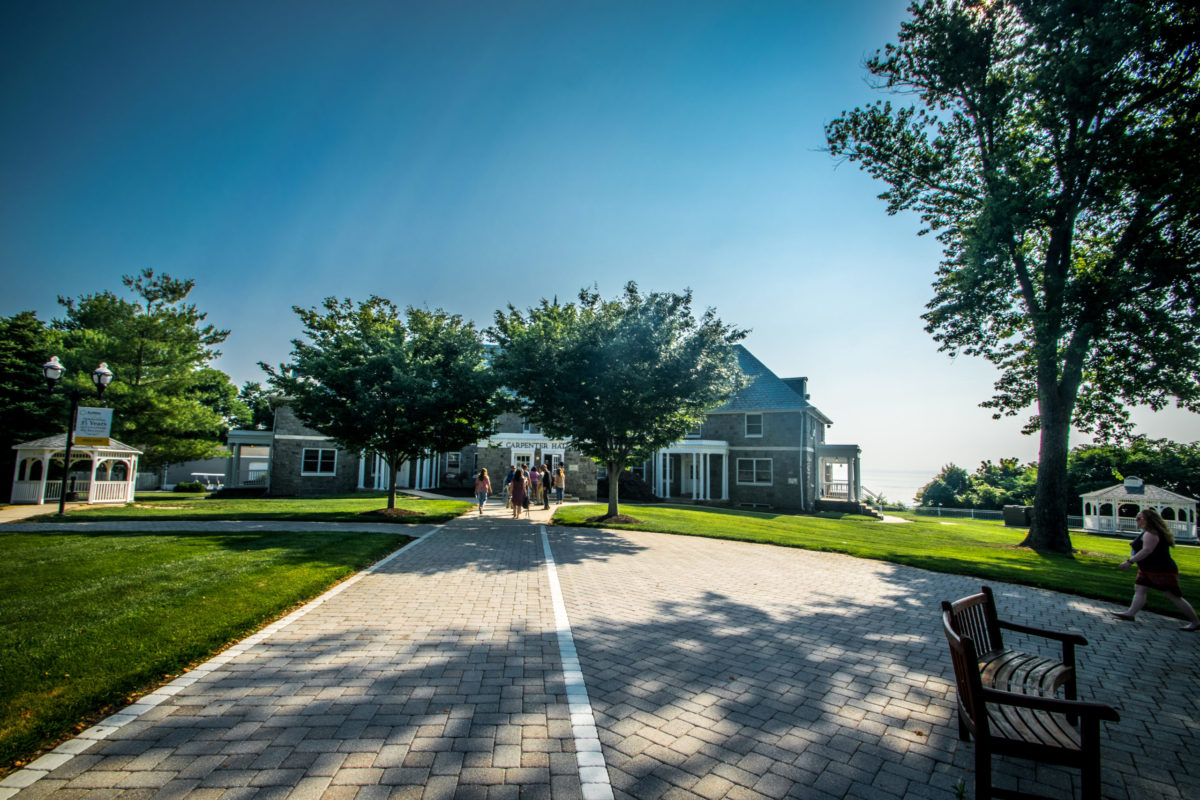
This editorial article is a part of Tech for the Common Good Month of Technical.ly's editorial calendar. This month’s theme is underwritten by Verizon 5G. This story was independently reported and not reviewed by Verizon before publication.
The pandemic sped up acceleration of many trends that were always with us, especially when it comes to tech adoption. A year later, even as restrictions are lifted, many appear poised to remain.
Take telehealth. The mix of regulations, technical capabilities and institutional energy that was previously holding back advances fell away with the pandemic, as remote appointments became a necessity to maintain safety.
State legislation allowed for expansion of telehealth in 2020, including a measure that set out requirements for counseling and treatment. And a bill passed this year that will be soon enacted into law is set to allow providers to continue to offer telehealth.
For Jen Aguglia, it’s a moment of acknowledgement of all that’s happened in the last year, and to take a longer-term approach: “We have something that’s working really well. How can we continue to build on it?”
Aguglia is VP of outpatient services at Ashley Addiction Treatment, a Havre de Grace-based drug and alcohol addiction treatment center that made a big transition from in-person to mostly remote services as the pandemic arrived in March 2020. A year later, it is still offering virtual services, including partial hospitalization, outpatient programming and group therapy via Zoom. Additionally, it is using telehealth to start treatment with buprenorphine, which is a medication used to treat addiction.
“We saw that more people are starting treatment, and more people are staying in treatment,” Aguglia said. Now, there’s data to back it up. The completion rate for treatment from March to July of 2020 increased 11% over the same months of the prior year. And there was an 8% increase in completion of attendance to new patient evaluations between calendar year 2019 and 2020.
We want to make treatment accessible so whatever we can do to keep people engaged in their care, we want to do.
It’s clear that telehealth is reducing barriers. Access to transportation and child care that might prevent a person from seeking treatment isn’t an issue with virtual care, for one. Telehealth is also allowing Ashley to connect with patients who are in further-flung areas of Maryland, and respond more quickly in a crisis situation with an appointment.
Ashley will continue to expand telehealth: Though in-person will return, the virtual option will offer choice.
“There’s still value to having live sessions,” Aguglia said. “But I also see an immediate value in virtual services if we can create programming … so that patients have options that fit their daily schedules, we’re going to see them more likely be engaged in treatment and we’re going to continue to see our successful program completion rates increase.”
At the same time, telehealth is aiding how it reaches a patient’s support network. One area is how it engages families and social supporters of patients, who can be just as much a part of the treatment as the person going through it.
“While it was open to anyone, it was very much geared toward the inpatient patient experience, so having the pandemic happen and having telehealth become this new platform, we took this opportunity to see how it could help all of the families of Ashley patients and how it could be accessible,” Aguglia said.
When someone joins the program, Ashley’s team reaches out to their family or social support and offers education that is done remotely. In March, 57% of families participated in a family coaching session.
When it comes to the challenges of the last year, Ashley has confronted a similar reality as the rest of society: There are still large portions of the population that lack broadband and device access. That required making arrangements so patients could come to its facility if needed, and access telehealth through devices provided.
Going forward, there will continue to be a balance, Aguglia said. But virtual options are now a tool that Ashley won’t be putting down.
“We want to make treatment accessible so whatever we can do to keep people engaged in their care, we want to do,” she said.”If virtual services are the answer, we want to be best figure out how to establish rapport with the patient, get them engaged and make treatment useful for them to attend.”
Join the conversation!
Find news, events, jobs and people who share your interests on Technical.ly's open community Slack

Baltimore daily roundup: Medtech made in Baltimore; Sen. Sanders visits Morgan State; Humane Ai review debate

Baltimore daily roundup: The city's new esports lab; a conference in Wilmington; GBC reports $4B of economic activity

Baltimore daily roundup: Find your next coworking space; sea turtle legislation; Dali raided and sued


